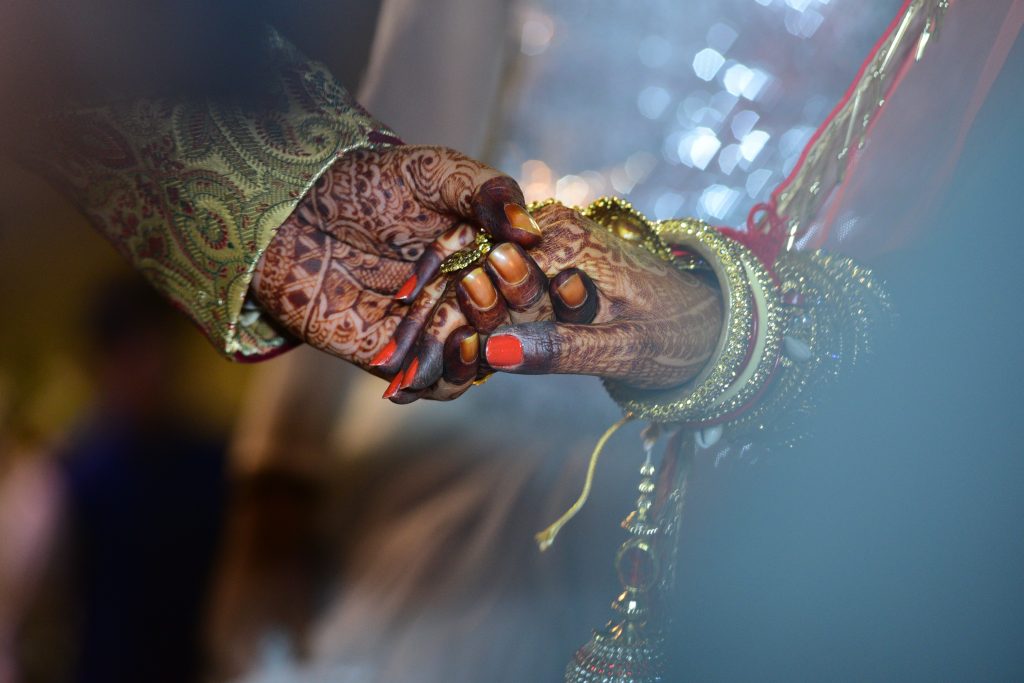Love may be the same in any language, but these wedding customs at home and across the globe are refreshingly novel.
No matter where in the world you are from, marriage ceremonies usually consist of a standard set of procedures. There’s a couple deeply in love, an officiant who’s seen his fair share of doe-eyed lovers, a congregation eagerly anticipating the feast to come, and a celebration of some sort. But the similarities often stop there.
Here are four unique traditions from Asia to Europe.
INDIA – Joota Chupai
According to South-Asian custom, the groom is required to remove his shoes, called joota, during the ceremony. The bride’s single female relatives will attempt to steal the groom’s shoes and the groom’s family must then thwart their efforts. If the bride’s relatives are successful, the groom must negotiate payment for his shoes to be returned. The tradition is seen as a means of uniting families in a fun way.
JAPAN – San-san-kudo
In a ritual integral to traditional Japanese weddings, the bride and groom are presented with three stacked cups in which sake, a Japanese rice wine, is poured. Both must drink from each cup three times, hence the ritual’s name, translated into English as ‘three-three-nine-times’. The three sips represent three couples – the bride and groom, the bride’s parents and the groom’s parents – and many believe the ritual strengthens bonds between the two families.
PERU – Cintas de torta
Roughly translated from Spanish as ‘cake ribbons’, cintas de torta is the South American variation on the bouquet-throwing custom. When the cake is made, ribbons are placed beneath it or between its layers with one of them attached to an inexpensive ring. Before the cake is cut by the couple, the single females in attendance gather around and choose a ribbon to pull. The one to pull the ring is next in line to be engaged.
ITALY – Confetti
No coloured paper here. In Italian, the word ‘confetti’ denotes sugar-coated or Jordan almonds, which are given to guests during the reception, often in bags made from tulle. The bags usually contain five almonds as this number is not divisible by two (and marriage is a union between two people). The combination of bitter nut and sugar coating represents the bittersweet nature of marriage and life. This tradition is also kept alive in Greece.
Picture: Pexels

